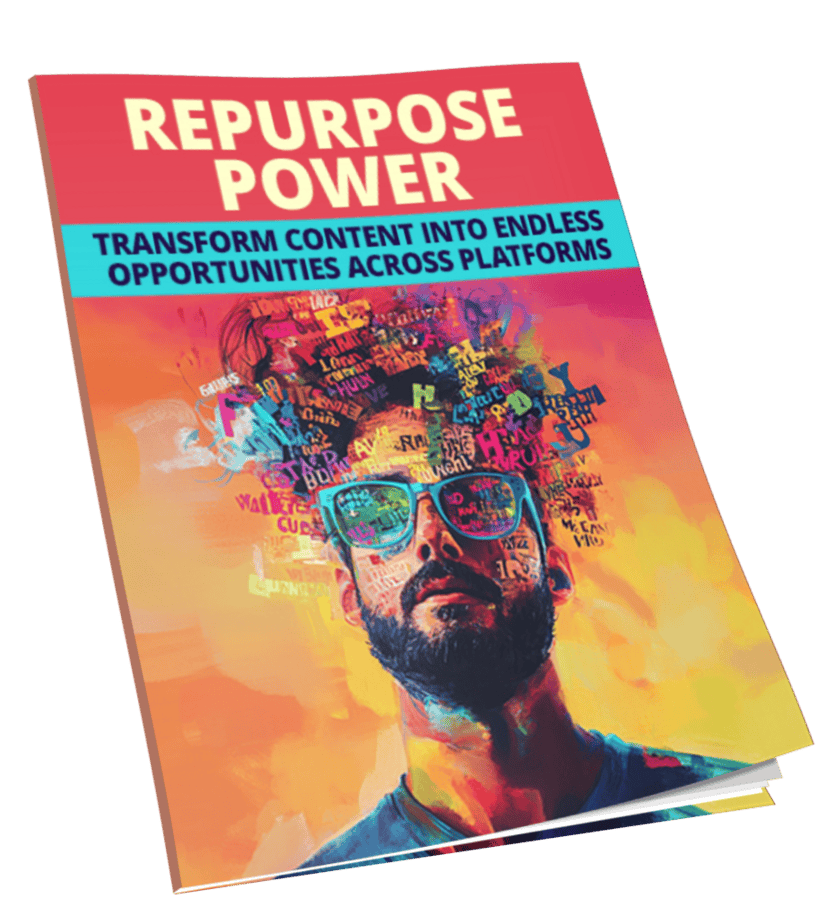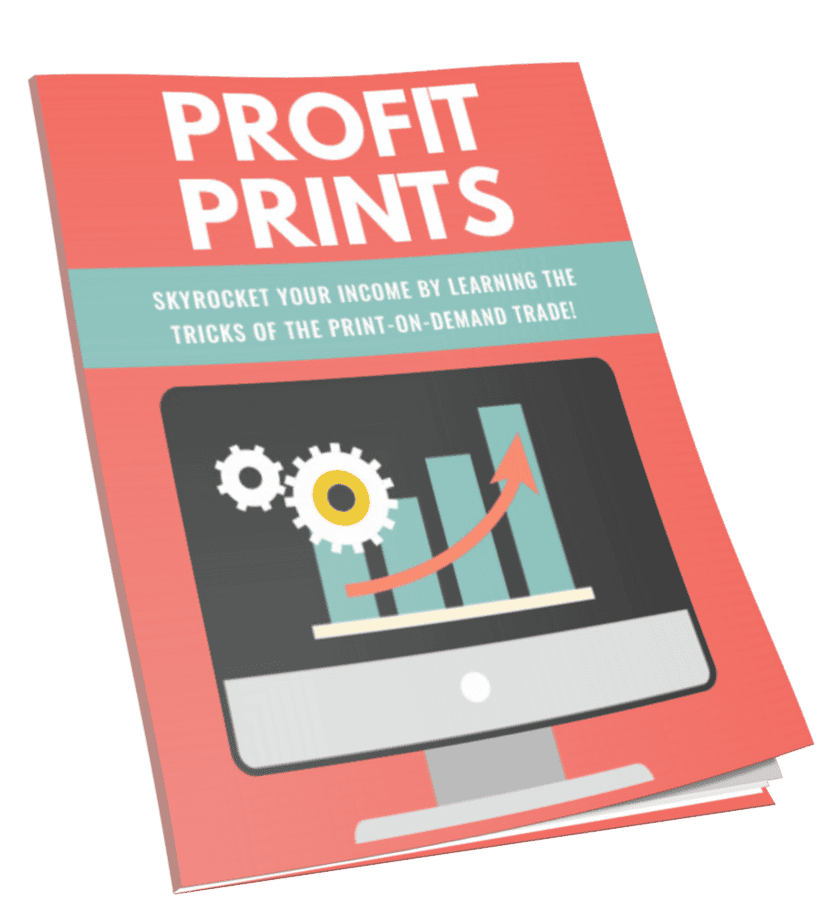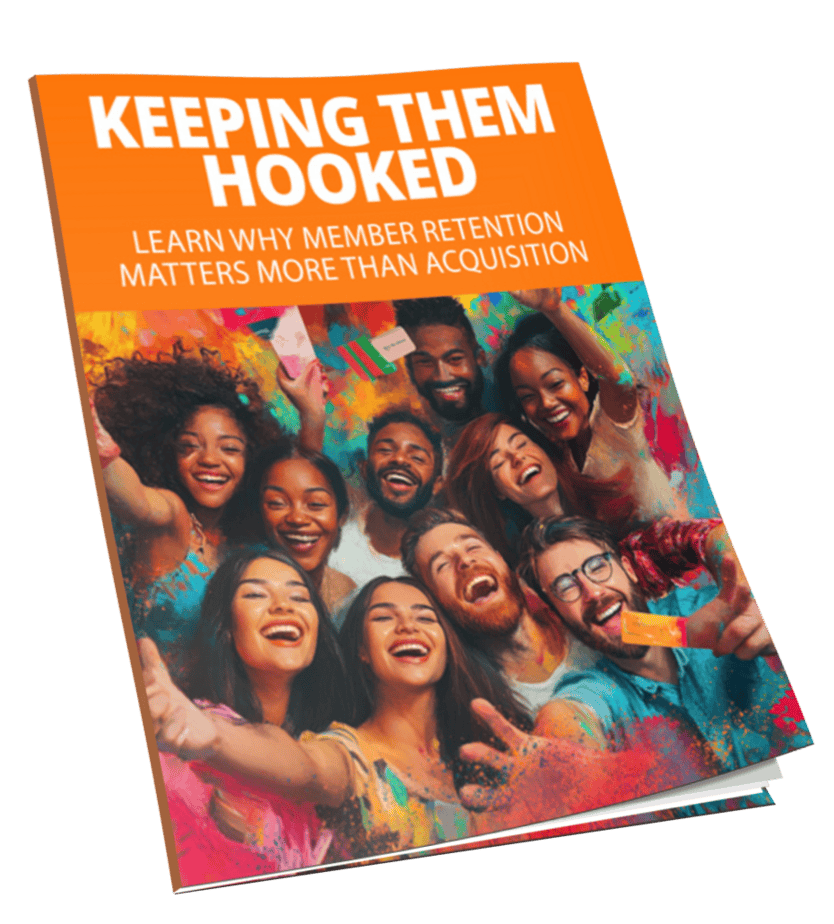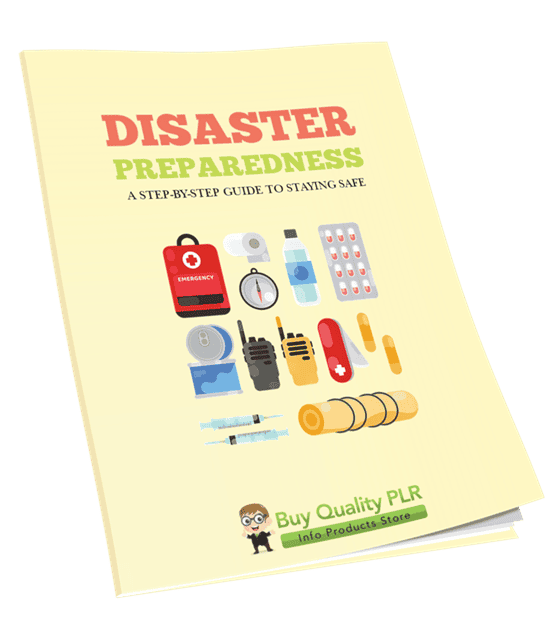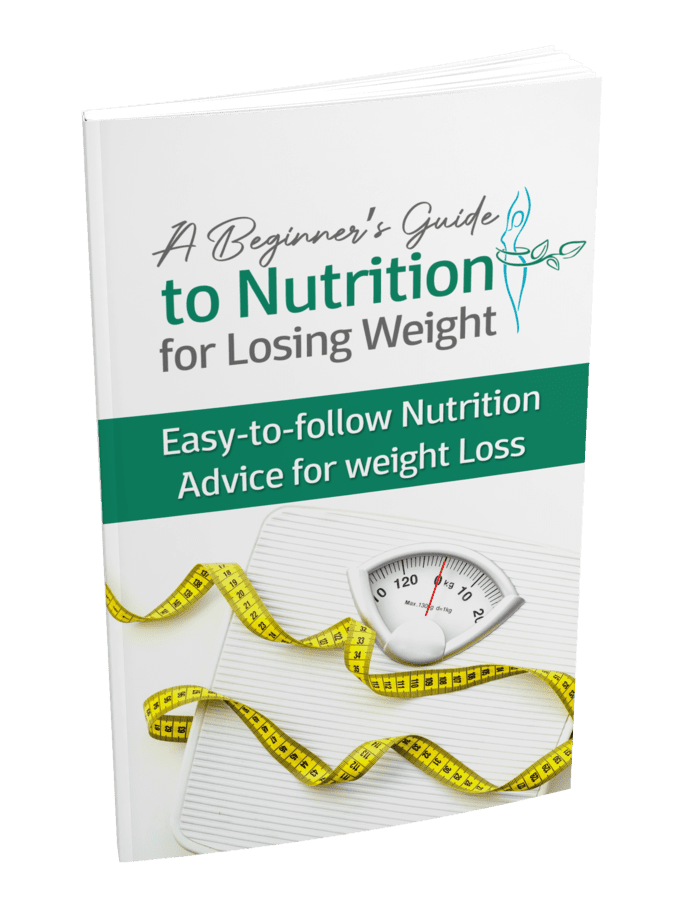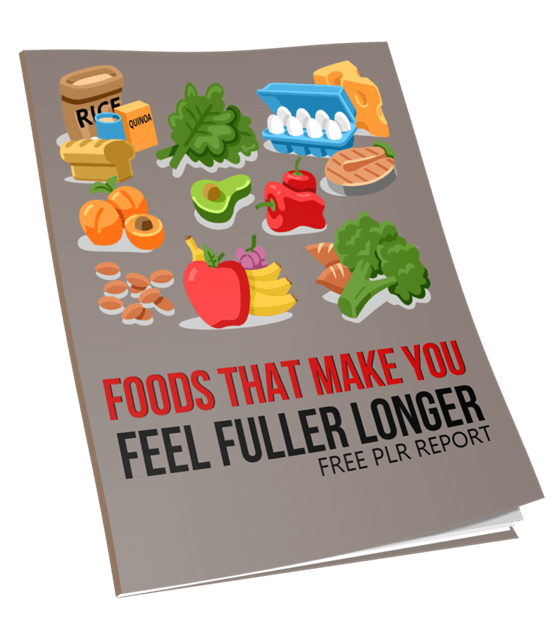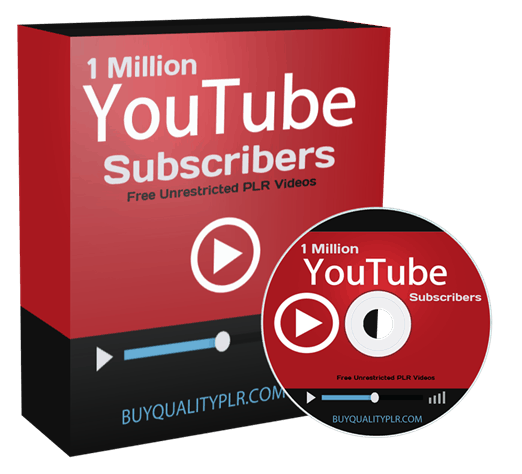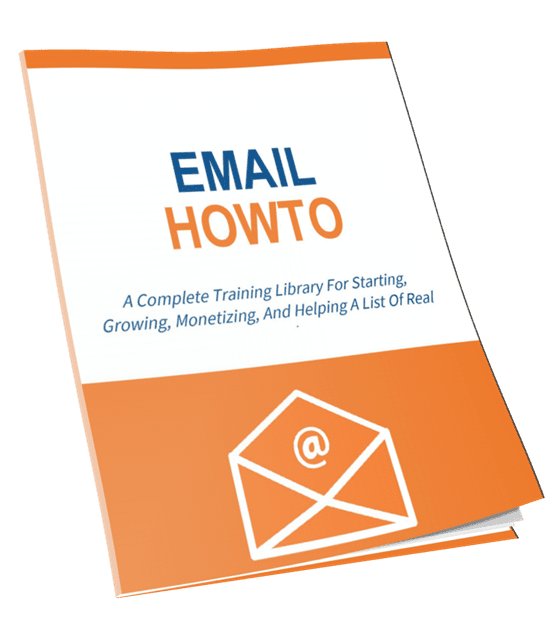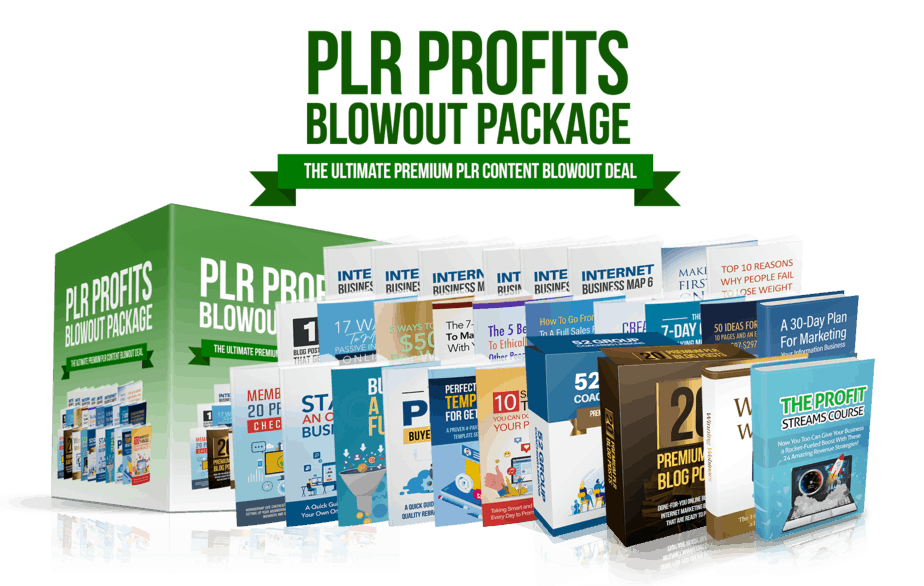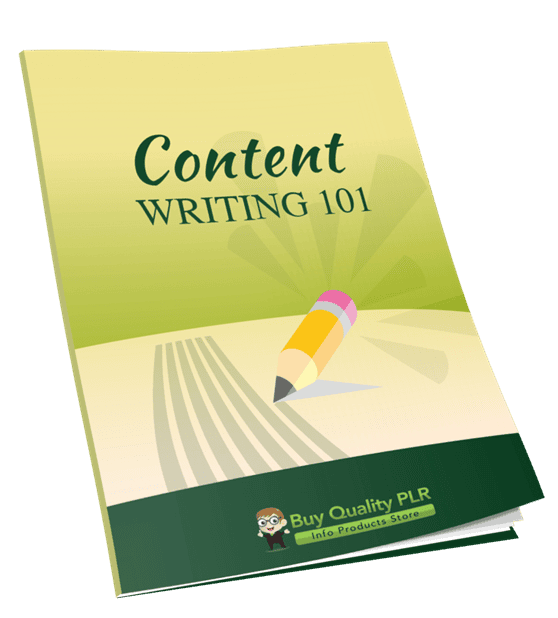
Content Writing 101 PLR Course 19k Words
in Content Marketing PLR eBooks , Copywriting PLR , Copywriting PLR Ebooks , PLR Checklists , PLR eBooks , PLR eCourses , Premium PLR , Premium PLR eBooks , Premium PLR Reports , Premium White Label Brandable PLR Coaching Courses , Private Label Rights ProductsChoose Your Desired Option(s)
has been added to your cart!
have been added to your cart!
#contentwriting #plrcourse #copywriting #writingessentials #contentcreation101 #copywritingtips #contentmarketing #digitalwriting #mastercontentwriting
Unlock the Secrets to Writing Content That Converts and Inspires
Do you want to empower your audience with the skills to craft engaging, high-quality content that stands out? With the Content Writing 101 PLR Course, you can offer a comprehensive guide to help aspiring writers, marketers, and entrepreneurs master the art of content creation.
This step-by-step course delivers proven strategies, practical exercises, and insider tips to turn any beginner into a confident content creator. From writing captivating headlines to refining their unique voice, this course has everything they need to succeed in today’s content-driven world.
Presenting…
Content Writing 101 PLR Course 19k Words
What’s Inside the Content Writing 101 PLR Course?
Module 1: Laying the Foundation
The essentials of content writing start here.
- What is Content Writing? Learn the purpose of creating valuable and engaging text for different platforms.
- Identify Your Audience: Understand your readers’ pain points and tailor content to their needs.
- Discover Content Types: Explore blogs, website copy, social media posts, and emails.
- Set Your Writing Goals: Define objectives, whether to inform, entertain, or persuade.
Module 2: Structuring Your Content
Create content that flows naturally and keeps readers engaged.
- Start with a Strong Headline: Craft compelling titles that grab attention.
- Organize with an Outline: Plan a logical structure for better readability.
- Write Captivating Introductions: Hook readers by addressing their needs or sparking curiosity.
- Conclude with Impact: Leave a lasting impression with a strong call to action or takeaway.
Module 3: Writing with Clarity and Engagement
Learn to resonate with your audience through simple yet impactful writing.
- Keep It Simple and Direct: Use concise sentences for easy readability.
- Use an Authentic Tone: Build trust with conversational, relatable writing.
- Add Value to Every Paragraph: Ensure each sentence contributes meaningfully.
- Engage with Visuals and Formatting: Break up text with headings, bullet points, and visuals.
Module 4: Polishing Your Writing
Refine and perfect your content for maximum impact.
- Edit for Grammar and Spelling: Use tools like Grammarly or read aloud to catch errors.
- Check for Flow and Consistency: Ensure smooth transitions between ideas.
- Cut the Fluff: Remove unnecessary words or phrases to keep content concise.
- Proofread Like a Pro: Perform a final check for typos and formatting issues.
Module 5: Launching Your Writing Career
Transform your writing skills into opportunities.
- Build a Writing Portfolio: Showcase your best work to attract clients or employers.
- Network and Pitch Your Services: Join writing communities and confidently promote your expertise.
- Learn and Adapt to Trends: Stay updated on SEO, AI tools, and content marketing.
- Set Yourself Apart: Develop a unique voice or specialty that makes you stand out.
Why Choose This PLR Course?
1. Comprehensive and Actionable Content
With 17,000+ words of expertly crafted content, this course offers actionable strategies and hands-on exercises to master content writing.
2. Perfect for a Growing Market
Content writing is in high demand, from blogs and social media to websites and email campaigns. This course positions you to capitalize on this need.
3. Fully Customizable
Use the course as-is or tweak it to fit your niche. Break it into mini-courses, bundle it with related products, or offer it as a premium educational package.
4. Bonus Resources
Enhance the learning experience with:
- Checklist: A simple guide to track progress.
- FAQs: Address common questions about content writing.
- Sales Page Template: Ready-to-use promotional content.
Who Can Benefit from This Course?
- Freelancers: Build portfolios and pitch to clients with confidence.
- Entrepreneurs: Create persuasive content for websites, emails, and social media.
- Bloggers: Craft engaging posts that attract readers and drive traffic.
- Marketers: Master copywriting skills to boost conversions.
- Students and Professionals: Enhance communication skills for academic and workplace success.
What’s Included in the PLR Package?
- Full Course Content:
- 5 in-depth modules with step-by-step guidance and practical exercises.
- Extras for Maximum Value:
- Checklist: Helps learners stay organized and track their progress.
- FAQs: Answers to common questions about content writing.
- Sales Page Template: Promote the course effortlessly.
- Editable Files:
- Fully editable documents to customize and rebrand the content as your own.
How to Profit from This Course
- Sell It As-Is: Offer the course for $47-$97.
- Break It Into Mini-Guides: Create smaller, focused guides for specific audiences.
- Bundle It: Combine it with SEO or social media courses for added value.
- Membership Sites: Add it as premium content for recurring income.
- Lead Generation: Use excerpts as free resources to grow your email list.
What Makes This Course Unique?
- Beginner-Friendly: Clear, easy-to-follow content designed for those new to content writing.
- Interactive and Engaging: Practical exercises keep learners motivated and focused.
- Industry-Relevant Skills: Covers essential techniques like SEO, formatting, and creating persuasive CTAs.
Don’t Miss This Opportunity
The demand for skilled content writers continues to grow. With the Content Writing 101 PLR Course, you can provide your audience with a premium resource to master this essential skill while positioning yourself as an expert in the field.
Special Launch Price: Only $14.99
Take action now and start delivering value-packed content that helps your audience excel.
has been added to your cart!
have been added to your cart!
Here A Sample of Content Writing 101 PLR Course
Welcome to Content Writing 101! This course is designed to guide you step-by-step in mastering the art of content writing. Whether you’re a beginner or someone looking to refine your skills, these modules will give you a clear path to success. Let’s get started!
Module 1: Laying the Foundation
Understand the essentials of content writing.
Step 1: Learn What Content Writing Is
Content writing is a powerful skill that plays a crucial role in the digital world. It goes far beyond simply writing words—it’s about crafting purposeful, valuable, and engaging text that connects with readers and serves a specific function. Let’s break it down step by step:
- Purposeful Writing:
At its core, content writing always has a goal. Whether you’re writing to inform, educate, entertain, or persuade, every piece of content must have a clear objective. For example, a blog post might aim to educate readers about a topic, while an email might persuade them to make a purchase. Without a clear purpose, content can feel directionless and fail to resonate with its audience. - Valuable Information:
Good content provides something of value to the reader. This could be new knowledge, practical advice, inspiration, or even a solution to a problem. Think of content as a tool to help your audience. If your writing solves a problem or answers a question, it becomes more meaningful and appreciated. Readers will keep coming back to content that adds value to their lives. - Engagement Focused:
Engaging content isn’t just about what you write—it’s about how you write it. The tone, style, and structure of your content all play a role in capturing and holding your reader’s attention. Using conversational language, asking questions, or telling a story are effective ways to keep readers interested. When your audience feels connected to your writing, they are more likely to engage with it, share it, and take action. - Tailored for Digital Platforms:
Content writing is most often created for online spaces. Whether it’s a blog post, a social media caption, an email, or website copy, it must be crafted to suit the platform it’s being published on. Digital content typically has to be concise, easy to read, and optimized for search engines (SEO). This ensures that it not only reaches the intended audience but also performs well in the digital environment. - A Key to Building Connections:
Content writing isn’t just about words; it’s about building trust and relationships with your audience. When done well, it can position you as an authority in your niche, create emotional connections with your readers, and encourage them to take meaningful actions—like subscribing, sharing, or buying.
By understanding what content writing truly is, you lay a strong foundation for the rest of your journey. It’s not just about writing for the sake of writing; it’s about creating something valuable that speaks to your audience, solves their problems, and achieves a specific purpose. The more you understand this, the better equipped you’ll be to write impactful content that stands out.
Step 2: Identify Your Audience
One of the most important steps in content writing is knowing exactly who you’re writing for. Your audience is the heart of your content. Understanding them not only makes your writing more engaging but also ensures that your content resonates with the right people, addressing their needs and preferences. Let’s dive deeper into how you can identify your audience and tailor your content effectively.
1. Who Are Your Readers?
To write content that speaks directly to your audience, you first need to figure out who they are. Ask yourself these questions:
- Demographics: What age group do they belong to? Are they students, professionals, parents, or retirees?
- Location: Are they from a specific country, city, or region? This might influence their cultural preferences or the language style you use.
- Occupation: Are they business owners, employees, or freelancers? Understanding their job roles can help you tailor content to their professional needs.
- Education Level: Do they prefer simple explanations, or are they more likely to engage with in-depth, technical content?
Knowing these details helps you shape your content in a way that feels personal and relevant to them.
2. What Are Their Interests?
Your audience’s interests are the key to capturing their attention. What do they care about? What topics excite or intrigue them? Here’s how to uncover their interests:
- Engage with Your Audience: Interact with them through social media, forums, or email surveys to learn what they’re passionate about.
- Study Your Niche: If you’re writing about fitness, your audience may be interested in workout plans, nutrition advice, or mental health tips. Dive into these areas to align your content with their needs.
- Check Competitors: Look at the type of content your competitors are creating and see which topics get the most engagement.
By focusing on their interests, you can create content that not only draws them in but also keeps them coming back for more.
3. What Problems Are They Facing?
Every audience has pain points—challenges or problems they want solved. As a content writer, your job is to provide solutions. Here’s how:
- Listen to Feedback: Pay attention to questions or comments your audience posts on your platforms or related ones.
- Conduct Research: Use tools like Google Trends or Answer the Public to identify common issues people search for in your niche.
- Be Empathetic: Put yourself in their shoes. If your audience consists of new parents, think about the challenges they might face, like lack of sleep or finding time for self-care.
Once you understand their problems, you can create content that directly addresses their pain points and positions you as a helpful, trusted source.
4. Segment Your Audience for Precision
Not all of your readers will be the same, even within a specific niche. For example, if you’re writing about fitness, some readers might be beginners, while others might be seasoned athletes. Here’s how to address these differences:
- Create Personas: Build profiles for different segments of your audience. For instance, one persona might be “Anna, a busy mom looking for quick workouts,” while another might be “Raj, a fitness enthusiast exploring advanced techniques.”
- Tailor Your Content: Write separate pieces targeting each group. For beginners, you might create a guide like “How to Start Working Out at Home.” For advanced readers, you could write “5 Cutting-Edge Fitness Trends to Try.”
Segmentation ensures your content feels personalized, increasing its impact and effectiveness.
5. How to Use This Understanding in Your Writing
Once you have a clear picture of your audience, apply this knowledge to every aspect of your writing:
- Tone: Choose a conversational tone for casual readers or a formal tone for professionals.
- Language: Use simple words for a general audience or technical jargon for specialized readers.
- Examples: Include relatable examples or scenarios that your audience can connect with.
For instance, if your audience is small business owners, your writing should acknowledge their time constraints and offer practical, actionable tips.
Why Identifying Your Audience Matters
Knowing your audience isn’t just a step in content writing—it’s the foundation of creating meaningful, impactful content. When you write with your audience in mind:
- You Build Trust: Readers feel seen and understood, which creates loyalty.
- You Increase Engagement: Content that aligns with their interests naturally gets more clicks, shares, and comments.
- You Achieve Better Results: Whether it’s conversions, sign-ups, or sales, knowing your audience boosts your chances of success.
By identifying your audience and understanding their needs, you set the stage for creating content that doesn’t just inform—it connects. Take the time to research, empathize, and segment your audience, and your writing will have a greater impact. After all, great content starts with knowing exactly who you’re writing for!
Step 3: Discover Different Content Types
Content writing isn’t a one-size-fits-all approach. There are many different types of content, each serving unique purposes and audiences. To become a versatile and skilled content writer, you must explore these formats and identify which ones align with your strengths and interests. This step will help you understand the wide world of content writing and how each type fits into the digital ecosystem.
1. Blogs: The Gateway to Content Writing
Blogs are one of the most popular forms of content. They allow writers to share information, opinions, and solutions in a conversational and accessible tone.
- Purpose: Blogs are typically used to educate, entertain, or engage readers. They are an excellent way for businesses to drive traffic to their websites through SEO (Search Engine Optimization).
- Common Features: Blogs often include how-to guides, lists, opinion pieces, and tutorials.
- Why Explore Blogging: If you enjoy storytelling or explaining concepts in detail, blogging could be your niche. It also gives you creative freedom to explore various topics.
For instance, a blog titled “10 Simple Steps to Start a Home Garden” can attract readers interested in gardening while subtly promoting gardening tools or services.
2. Social Media Posts: Short, Snappy, and Shareable
Social media content is designed to capture attention quickly and encourage interaction.
- Purpose: Social media posts promote brand awareness, encourage engagement, and drive traffic to websites.
- Common Platforms: Facebook, Instagram, Twitter, LinkedIn, and TikTok are major platforms where content is tailored to fit audience preferences.
- Why Explore Social Media Content: If you have a knack for writing concise, punchy, and visually appealing text, this area might be perfect for you.
For example, crafting a 280-character tweet or an Instagram caption that hooks users while staying on-brand can be an exciting challenge.
3. Website Copy: The Backbone of Online Presence
Website copywriting involves creating content for homepages, service pages, product descriptions, and more.
- Purpose: Website copy is all about converting visitors into customers. It needs to be clear, persuasive, and action-oriented.
- Key Skills Needed: Strong headlines, clear messaging, and the ability to highlight benefits over features are critical in website copywriting.
- Why Explore Website Copy: If you enjoy persuasive writing and have a knack for creating impactful CTAs (calls to action), this content type can be incredibly rewarding.
For example, a homepage for a fitness studio might have a tagline like, “Your Fitness Journey Starts Here—Join Today and Transform Tomorrow!” This concise message draws users in and encourages immediate action.
4. Emails: Personal and Direct Communication
Email content focuses on directly engaging with an audience through newsletters, promotional emails, or transactional messages.
- Purpose: Emails build relationships with readers, nurture leads, and promote products or services.
- Key Features: Strong subject lines, clear messaging, and a personal tone are essential for effective email writing.
- Why Explore Emails: If you enjoy writing personalized, engaging messages with a marketing edge, email content writing could be your niche.
For instance, an email with a subject line like “Unlock Your 20% Discount—Limited Time Offer!” can grab attention and drive sales.
5. Additional Content Types to Explore
Beyond the primary formats, there are several other content types you should be familiar with:
- Ebooks: Long-form content that establishes authority and provides in-depth insights into a subject.
- Whitepapers: Detailed, research-heavy documents that showcase expertise in a professional or technical field.
- Video Scripts: Writing for video content, including YouTube videos or promotional clips, where clarity and engagement are key.
- Infographics: Combining visual design with concise writing to present information in an engaging, easily digestible format.
- Press Releases: Announcements crafted for media outlets, focusing on newsworthy information about a brand or product.
6. How to Find Your Niche
As you explore different content types, consider the following to find your niche:
- What Sparks Joy? Which type of content excites you the most? If you love creativity, social media might be your area. If you enjoy deep dives, ebooks and whitepapers may suit you.
- Where Are Your Strengths? Analyze where you excel naturally. Are you good at writing catchy headlines, or do you thrive when explaining complex topics?
- Experiment and Practice: Try writing samples for various formats. Over time, you’ll discover where your skills and interests align.
7. Why Knowing Content Types Matters
Understanding different content types is like having a toolkit. The more tools you master, the better equipped you’ll be to take on diverse projects and grow as a writer. Whether you want to specialize in one area or be a versatile writer who can tackle multiple formats, discovering these content types is a crucial step in your journey.
By the end of this step, you’ll not only have a clear idea of the types of content you enjoy writing but also understand how each fits into the larger world of content marketing. This knowledge will give you the confidence to dive into projects and deliver content that shines in its respective format!
Step 4: Set Your Writing Goals
Setting clear writing goals is one of the most important steps in becoming an effective content writer. Goals give your writing direction and purpose, helping you craft content that meets the needs of your audience and achieves your objectives. Whether you’re writing to inform, entertain, persuade, or inspire, having a well-defined goal will shape every aspect of your work, from the tone you use to the structure you choose.
Let’s explore this step in detail to understand how to set meaningful and actionable writing goals.
1. Understand the Importance of Writing Goals
Writing without goals is like traveling without a map—you may end up somewhere, but it likely won’t be where you intended to go. Goals act as a compass, guiding your writing process and ensuring that your content:
- Meets Audience Needs: Goals help you stay focused on what your audience wants or needs from your content.
- Serves a Purpose: Whether it’s driving sales, building trust, or sparking curiosity, goals ensure your content has a clear mission.
- Improves Results: Content with a defined purpose tends to perform better, whether measured in clicks, shares, or conversions.
For instance, if your goal is to inform, your content will likely take the form of a detailed guide or tutorial. If your goal is to entertain, the tone will be lighthearted, and the content may include storytelling or humor.
2. Different Types of Writing Goals
To set goals effectively, you need to understand the types of objectives your content can achieve. Here are the most common ones:
- Inform: The goal here is to educate your audience by providing valuable information. For example, a blog post titled “5 Easy Ways to Start Composting at Home” aims to teach readers something new.
- Entertain: This goal focuses on engaging your audience through humor, storytelling, or relatable content. Think of a fun listicle like “10 Memes Every Dog Owner Can Relate To.”
- Persuade: Persuasive writing aims to convince readers to take a specific action, such as buying a product, signing up for a newsletter, or supporting a cause. For example, a product page might include compelling benefits like “This lightweight vacuum makes cleaning faster and easier than ever!”
- Inspire: Content with this goal encourages readers to think differently, take action, or feel motivated. An article like “How I Overcame Procrastination and Started Living My Best Life” inspires readers through personal storytelling.
By choosing a primary goal for each piece of content, you’ll have a clear direction for your writing.
3. How to Define Your Writing Goals
Once you understand the possible goals, it’s time to define them for your specific piece of content. Here’s how to do it:
- Start with the End in Mind: Ask yourself, “What do I want my readers to feel, know, or do after reading this?”
- Be Specific: Instead of saying, “I want to write an article,” say, “I want to write a 1,000-word blog post that explains the benefits of yoga for beginners.”
- Align Goals with Audience Needs: Think about what your audience is looking for. Are they searching for solutions, entertainment, or inspiration?
- Set Measurable Objectives: For example, if your goal is to persuade, you might aim for a certain number of clicks, shares, or purchases.
For instance, if you’re writing an email newsletter, your goal might be to increase click-through rates by including a clear and compelling call-to-action.
4. Use Writing Goals to Shape Your Content
Your writing goals will influence every aspect of your content, from the words you choose to the way you structure your piece. Here’s how goals shape your writing process:
- Tone: If your goal is to inform, your tone will likely be professional and straightforward. If your goal is to entertain, you might use humor or a conversational style.
- Structure: Informative content often includes sections and subheadings for easy reading. Persuasive content may use storytelling or testimonials to convince readers.
- Length: A quick social media post might work for entertaining or inspiring, but an in-depth guide is better for informing or persuading.
- Call-to-Action (CTA): For content with a persuasive goal, a strong CTA like “Sign up today to start your journey!” is essential.
Let’s say you’re writing a blog post to inform readers about eco-friendly home tips. Your goal will guide you to include actionable advice, credible sources, and a tone that encourages readers to trust your expertise.
5. Evolving Your Goals Over Time
As you gain experience and your audience grows, your writing goals may evolve. Here’s how to adapt them:
- Analyze Performance: Look at metrics like clicks, shares, and engagement to see how well your content achieves its goals.
- Refine Your Approach: If a particular goal isn’t being met, adjust your content strategy. For example, if your persuasive content isn’t converting, try experimenting with more compelling CTAs or different formats.
- Set New Goals: As your skills improve, challenge yourself with more ambitious goals, such as writing for higher-profile publications or experimenting with new content types.
For example, if you initially focused on writing blog posts to inform, you might later branch into email campaigns to persuade or social media content to entertain.
Why Writing Goals Matter
Setting writing goals is essential for creating content that is not only impactful but also aligned with your audience’s needs and your overall objectives. Goals:
- Bring Clarity: Knowing what you want to achieve helps you stay focused and avoid unnecessary tangents.
- Boost Confidence: Clear goals provide a roadmap, making the writing process feel less overwhelming.
- Enhance Effectiveness: Content with a defined purpose is more likely to engage readers and achieve measurable results.
By defining your objectives, you’ll transform your writing from a random collection of ideas into a purposeful and effective tool.
Take some time to think deeply about what you want each piece of content to accomplish. With clear goals, your writing will not only connect with your audience but also achieve meaningful results, whether it’s educating, entertaining, persuading, or inspiring them. Remember, great content always starts with a clear purpose!
We’re also giving these extra bonuses
Content Writing 101 – Checklist
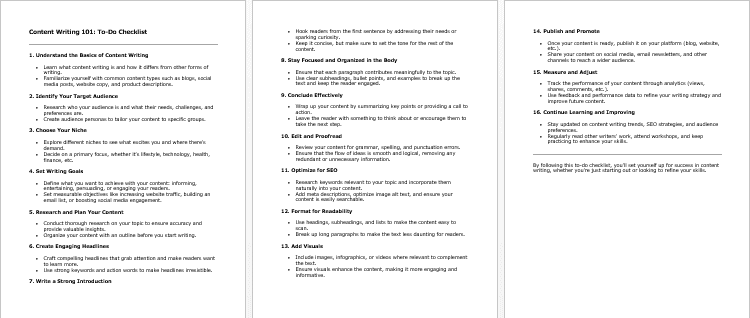
Content Writing 101 – FAQs

Content Writing 101 – Salespage Content

Package Details:
Word Count: 17 019 Words
Number of Pages: 67
Content Writing 101 – Bonus Content
Checklist
Word Count: 523 words
FAQs
Word Count: 927 words
Salespage Content
Word Count: 926 words
Total Word Count: 19 436 Words
Your PLR License Terms
PERMISSIONS: What Can You Do With These Materials?
Sell the content basically as it is (with some minor tweaks to make it “yours”).
If you are going to claim copyright to anything created with this content, then you must substantially change at 75% of the content to distinguish yourself from other licensees.
Break up the content into small portions to sell as individual reports for $10-$20 each.
Bundle the content with other existing content to create larger products for $47-$97 each.
Setup your own membership site with the content and generate monthly residual payments!
Take the content and convert it into a multiple-week “eclass” that you charge $297-$497 to access!
Use the content to create a “physical” product that you sell for premium prices!
Convert it to audios, videos, membership site content and more.
Excerpt and / or edit portions of the content to give away for free as blog posts, reports, etc. to use as lead magnets, incentives and more!
Create your own original product from it, set it up at a site and “flip” the site for megabucks!
RESTRICTIONS: What Can’t You Do With These Materials?
To protect the value of these products, you may not pass on the rights to your customers. This means that your customers may not have PLR rights or reprint / resell rights passed on to them.
You may not pass on any kind of licensing (PLR, reprint / resell, etc.) to ANY offer created from ANY PORTION OF this content that would allow additional people to sell or give away any portion of the content contained in this package.
You may not offer 100% commission to affiliates selling your version / copy of this product. The maximum affiliate commission you may pay out for offers created that include parts of this content is 75%.
You are not permitted to give the complete materials away in their current state for free – they must be sold. They must be excerpted and / or edited to be given away, unless otherwise noted. Example: You ARE permitted to excerpt portions of content for blog posts, lead magnets, etc.
You may not add this content to any part of an existing customer order that would not require them to make an additional purchase. (IE You cannot add it to a package, membership site, etc. that customers have ALREADY paid for.)
Share Now!

